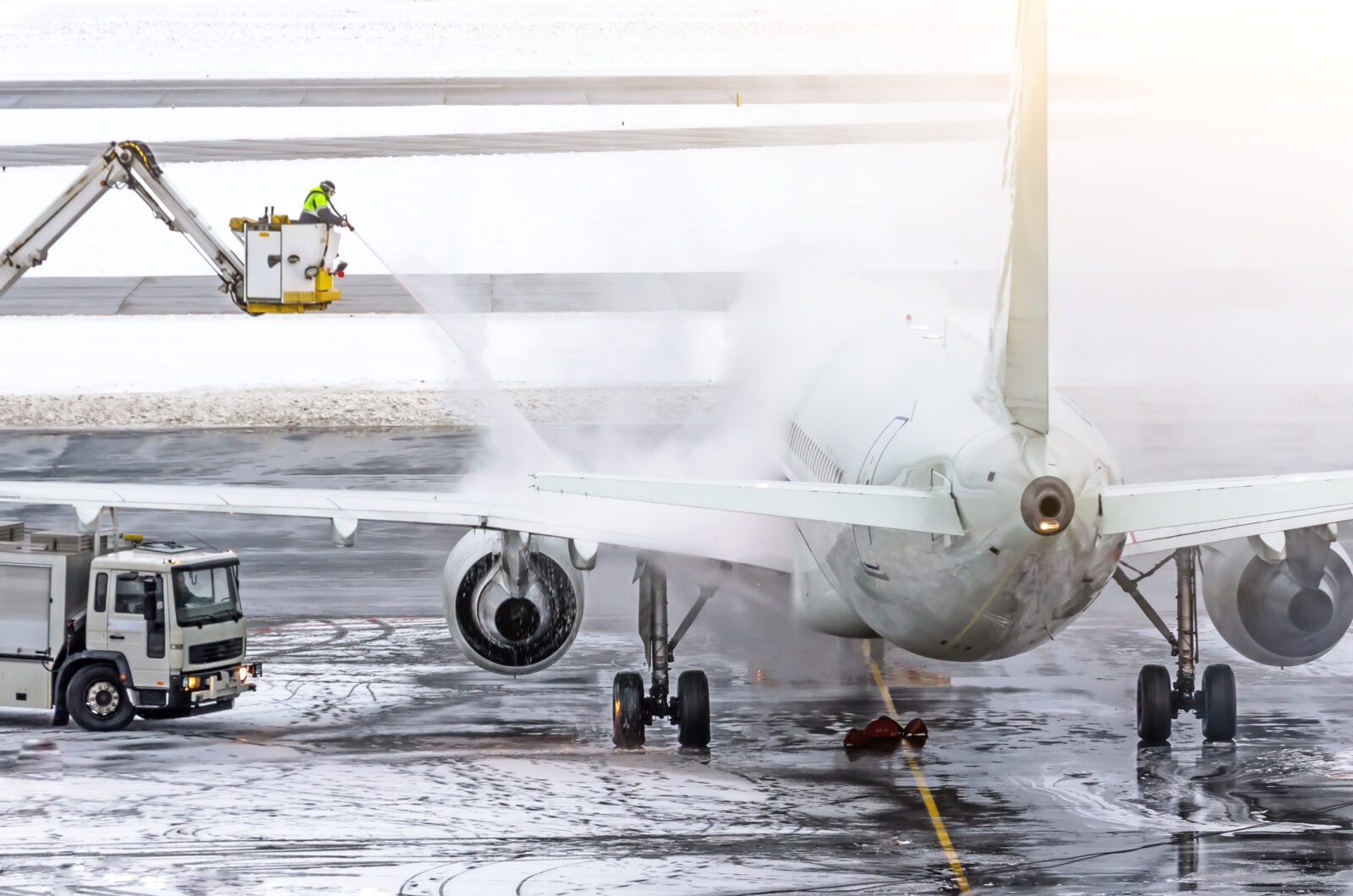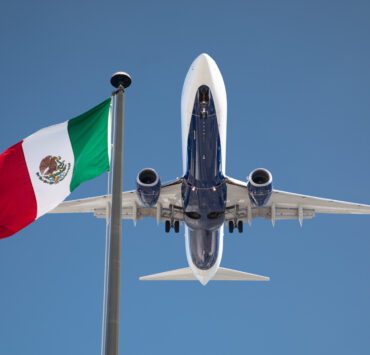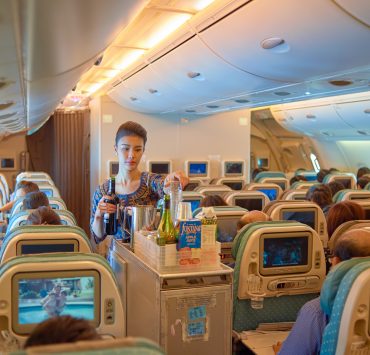
Air Canada is to become the first airline in the world to test what is being billed as a revolutionary way to de-ice aircraft with the use of self-heating strips that are permanently attached to key areas of the plane like the wings and tailfin.
For decades, airlines have had to rely on environmentally unfriendly chemicals like propylene or ethylene glycol to de-ice aircraft by first removing ice and then preventing it from building up while the plane taxis for takeoff.
De-icing is a crucial process for airlines operating in sub-zero operating conditions because if ice remained on the wings during takeoff, it would disrupt the smooth flow of air over the wings, which is crucial for generating lift.
As many travellers will have unfortunately experienced, the current method of de-icing which requires large trucks to spray the wings, tailfin and sometimes the fuselage with chemicals, is slow and often leads to delays because the process can only start when the plane is fully boarded and ready to depart.
Air Canada, however, is preparing to install a brand-new electromagnetic de-icing system on one of its Airbus A320 series aircraft – the first airline worldwide to install the technology.
Developed by Boston-based company De-Ice, the new system consists of tape-like strips that are attached to the exterior of the plane and connected by wires to a control unit inside.
Once activated by the pilot, the strips system generates high-frequency current, causing electrons on the surface of the plane to jiggle. This process creates enough heat to melt snow and ice and make the plane safe to fly in harsh winter conditions without any chemicals involved in the process.
Importantly, the De-Ice system can be switched on during passenger boarding so that as soon as the door is shut, the plane is ready to push back and takeoff straight away.
The existing method of de-icing, which hasn’t changed in decades, can take between 30 to 45 minutes per aircraft, although delays can stretch on for much longer than that if there are lots of aircraft waiting to be de-iced.
De-Ice says airlines shouldn’t be concerned about the extra weight that their system might add to the aircraft because they are using a semiconductor called gallium nitride that can generate the high-frequency current required with equipment far lighter than traditional methods.
The company was spun out from Massachusetts Institute of Technology (MIT) in 2015 by Alexander Bratianu-Badea, who set about trying to create a novel new aircraft de-icing system after experiencing annoying winter air travel delays.
Along with eliminating chemicals from the de-icing process, the new system will also help airlines cut CO2 emissions by reducing the amount of time that planes are running their engines on the ground while waiting to be de-iced.
Mateusz Maszczynski honed his skills as an international flight attendant at the most prominent airline in the Middle East and has been flying throughout the COVID-19 pandemic for a well-known European airline. Matt is passionate about the aviation industry and has become an expert in passenger experience and human-centric stories. Always keeping an ear close to the ground, Matt's industry insights, analysis and news coverage is frequently relied upon by some of the biggest names in journalism.









